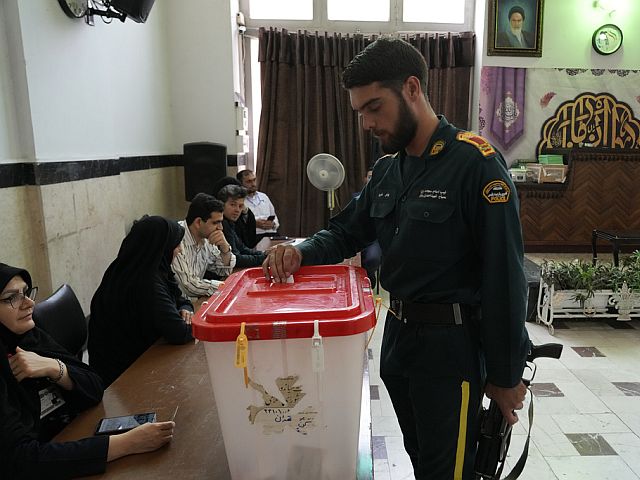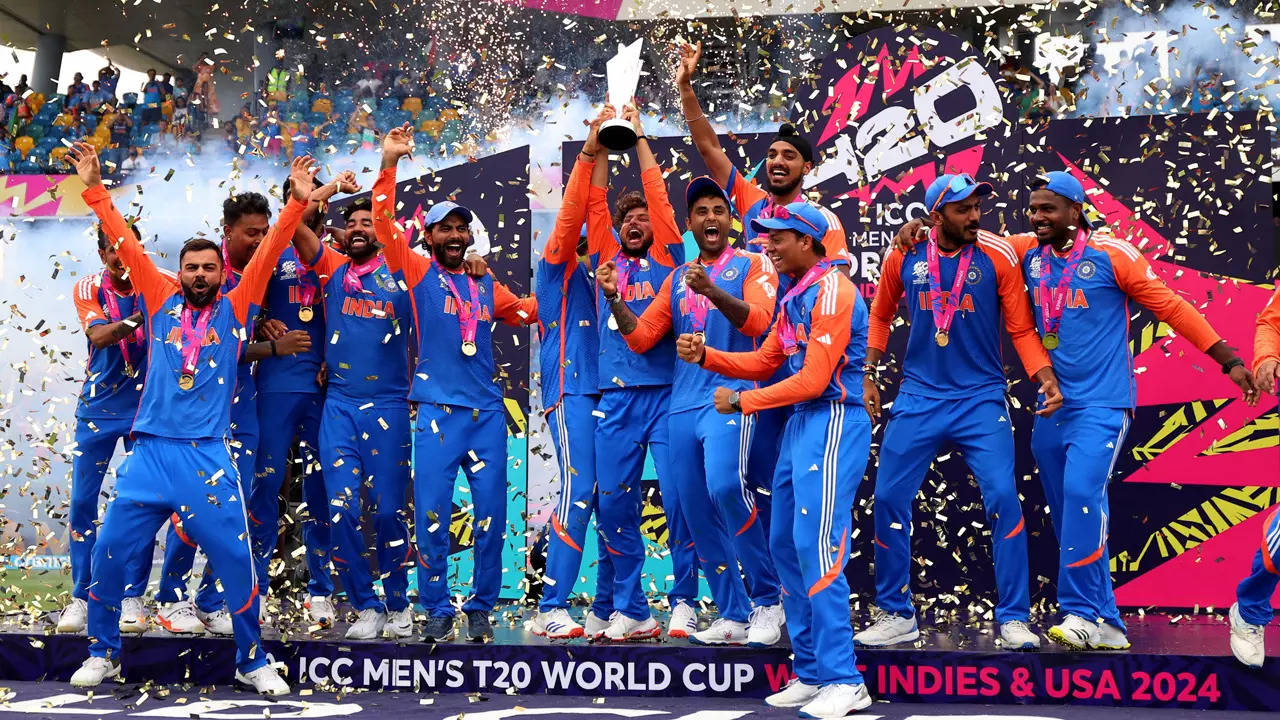On Friday, July 5th, Iran will hold the second round of early presidential elections. These elections were called following the sudden death of President Ebrahim Raisi in a plane crash on May 19th. In the first round held on June 28th, two candidates emerged victorious. Masoud Pezeshkian, who was considered a reformer, received about 42% of the votes while conservative Said Jalili, who was the spiritual leader’s representative in the Security Council of the Islamic Republic, received about 39% of the votes. However, there were doubts raised by the Iranian opposition regarding the accuracy of the official turnout data. Some analysts believe that it could have been three times lower than what was reported.
In this second round, voter turnout is crucial as it will determine which candidate will lead Iran into its future. As voters who supported other conservative politicians in the first round have no other candidate to back, Jalili has a better chance of winning. Pezeshkian’s strong showing in the first round may have encouraged some voters to vote for him again in this round.
The president of Iran is formally considered the head of state but is governed by Ali Khamenei, who serves as Supreme Leader of Islamic Republic. The second round will be critical in determining Iran’s future leadership and direction.
Iran holds its second round of early presidential elections on July 5th after President Ebrahim Raisi’s sudden death in a plane crash on May 19th caused them to be postponed from their original date in June 2017.
In June’s first round held on June 28th, two candidates emerged victorious: Masoud Pezeshkian and Said Jalili.
Pezeshkian was considered a reformer and received about 42% of votes while Jalili represented Raisi’s spiritual leader and received around 39%.
However, there were concerns raised by opposition regarding official turnout data’s accuracy with analysts suggesting that it could have been three times lower.
With conservative candidate Jalili having a better chance in this second round as voters inclined towards other conservatives had no other option than him to vote for,
The outcome would heavily depend on voter turnout.
Pezeshkian’s impressive performance in June may encourage more people to vote for him this time around too.
The president of Iran is formally considered its head but is governed by Ali Khamenei who serves as Supreme Leader of Islamic Republic.


